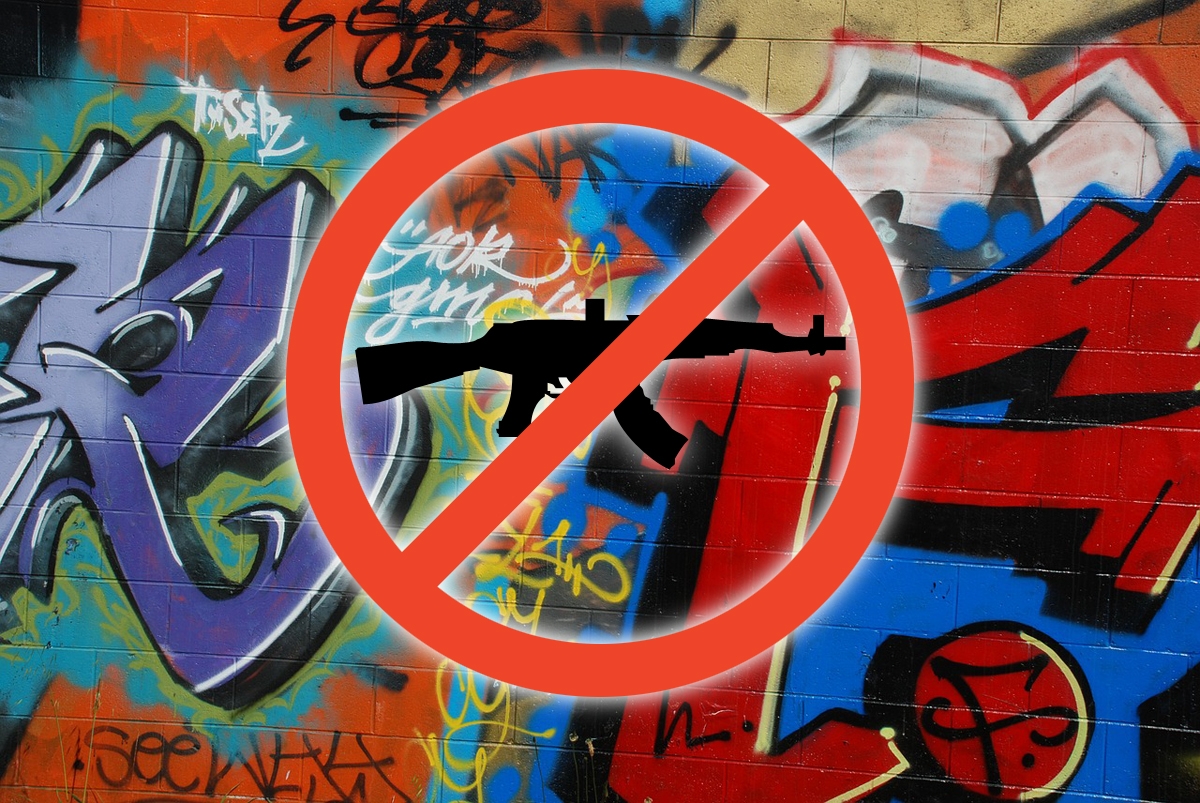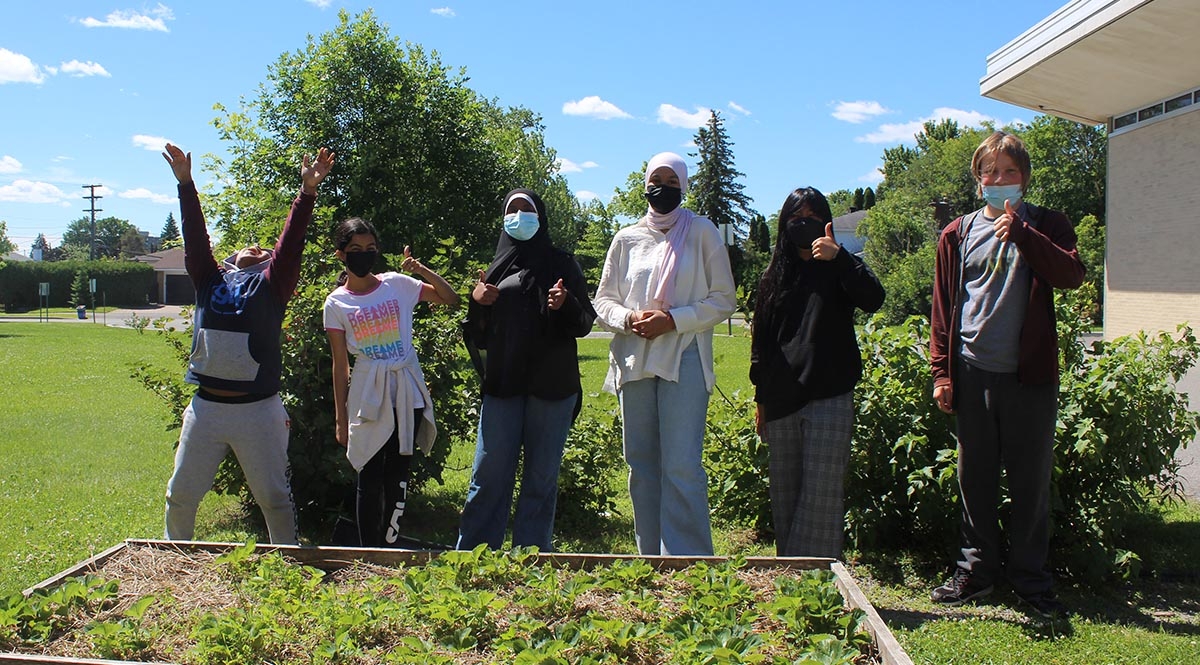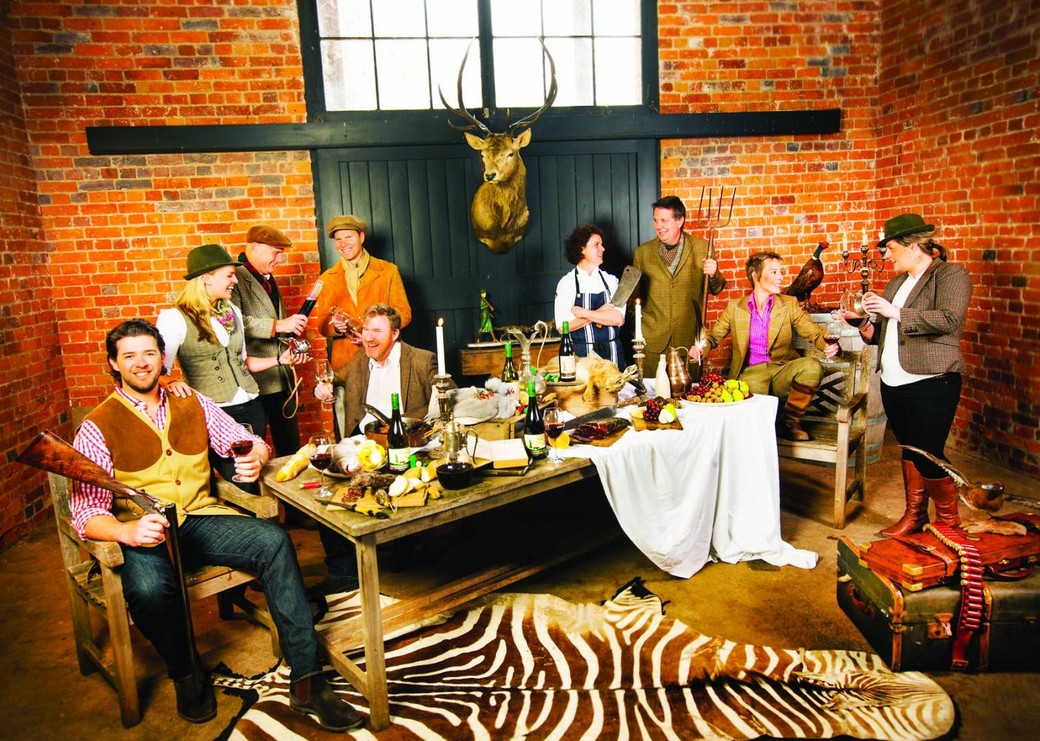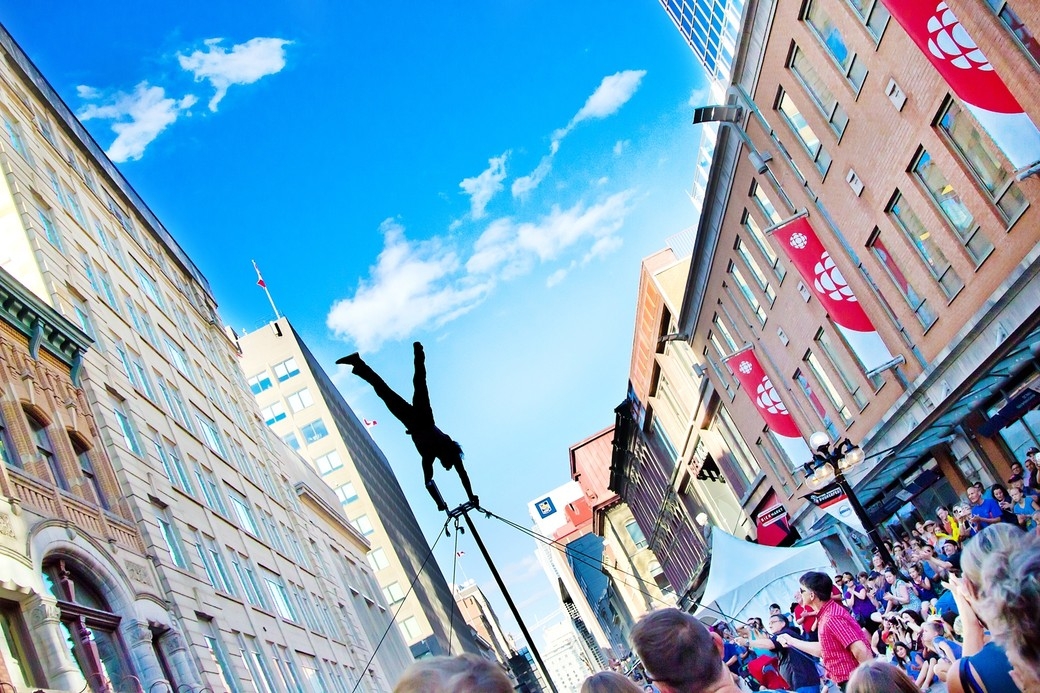
Gun Crime, Gun tragedies and a plan for real gun control
Will the new Canadian initiative in banning certain styles of semi-automatic rifles reduce gun crime and gun tragedies? The best answer, based on data and logic, is maybe, but only slightly, and only if the measure reduces overall gun ownership, which is not necessarily a predicted outcome of the change.
In 2017, there were 7660 violent firearms crimes in Canada. The vast majority were committed with firearms that were not legally registered, and the vast majority were committed with handguns.
Of those violent crimes, 267 were murders committed with guns (the other 393 Canadian murders that year did not involve guns). Of the gun murders, most were committed with illegal handguns. Only 65 were committed with (mostly unregistered) long guns (the term for rifles or shotguns). The fraction of those 65 involving the style of rifle recently banned is not known. (The newly-banned rifles are long guns styled to look like, but not function like, military assault rifles. True fully-automatic assault rifles have long been banned in Canada.)
On the other hand, there were 4157 suicides in Canada that year, and about 665 were gun suicides, about 80 per cent of which were carried out with long guns (rifles or shotguns). These were almost all legally registered weapons.
So banning legal ownership and registration of assault-style semi-automatic rifles, while permitting others that work the same way, but look different, can only help in the following minor ways:
1. Some fantasists, who imagine themselves as “warriors” of some type, who see assault-styled weapons as important to their bizarre persona may be discouraged, and may find other outlets for their fantasies. A small fraction of such fantasists might have become violent, and if this legal change makes such a person less likely to go on to commit a violent act, so much the better.
2. If the total number of registered weapons drops somewhat (and this is not certain to occur), there may be a slight drop as well in the number of weapons stolen from registered owners and falling into criminal hands, though this source accounts for only a small fraction of illegal street weapons in Canada.
3. If a result was indeed a modest reduction in the total numbers of registered long guns, it probably would also mean fewer gun suicides. Experts suggest that while less availability of long guns may in some cases simply result in other methods of suicide, it would still be likely to slightly reduce the number of suicide deaths.
However, most violent gun crime will be unaffected.
So what can be done to reduce violent gun crime? The answer comes in two parts.
1. For the minority of violent gun crimes perpetrated with guns legally owned by the person committing the crime, gains may come from stricter vetting of owners. The relevant act currently mandates assessment based upon of four aspects of an applicant’s history: criminal activity, mental health, addiction, and domestic abuse. Arguably, some initial assessments may have been too lenient, and revocations too infrequent.
2. The vast majority of violent gun crimes are committed with illegal guns. The most effective way to reduce violent gun crime is to make illegal guns vastly more costly and dangerous for people to trade or own. There is only one civilized way to do this, and that is to change the law to make the penalties for owning or having care and control of an illegal gun very similar to the penalties for using that illegal gun in a violent crime. If this were the case, those who buy and resell illegal guns would be taking much greater risks in order to ply their trade, and therefore the price of what they sell would go way up. On the street, only gang leaders would be able to afford such a status symbol, which would be beyond the reach of the rank and file criminals. Furthermore, many of the rank and file might wonder about the wisdom of owning and carrying such a status symbol, if the penalties for just having it are as high as if they used it.
This may not directly address the problems of violence and violent criminal behaviour, but it takes illegal guns, and the false courage they give, largely out of the equation. Without affordable illegal guns, the criminals may not be nearly as bold. That’s what real gun control is about.
Photo: Rich DuBos, Pixabay










